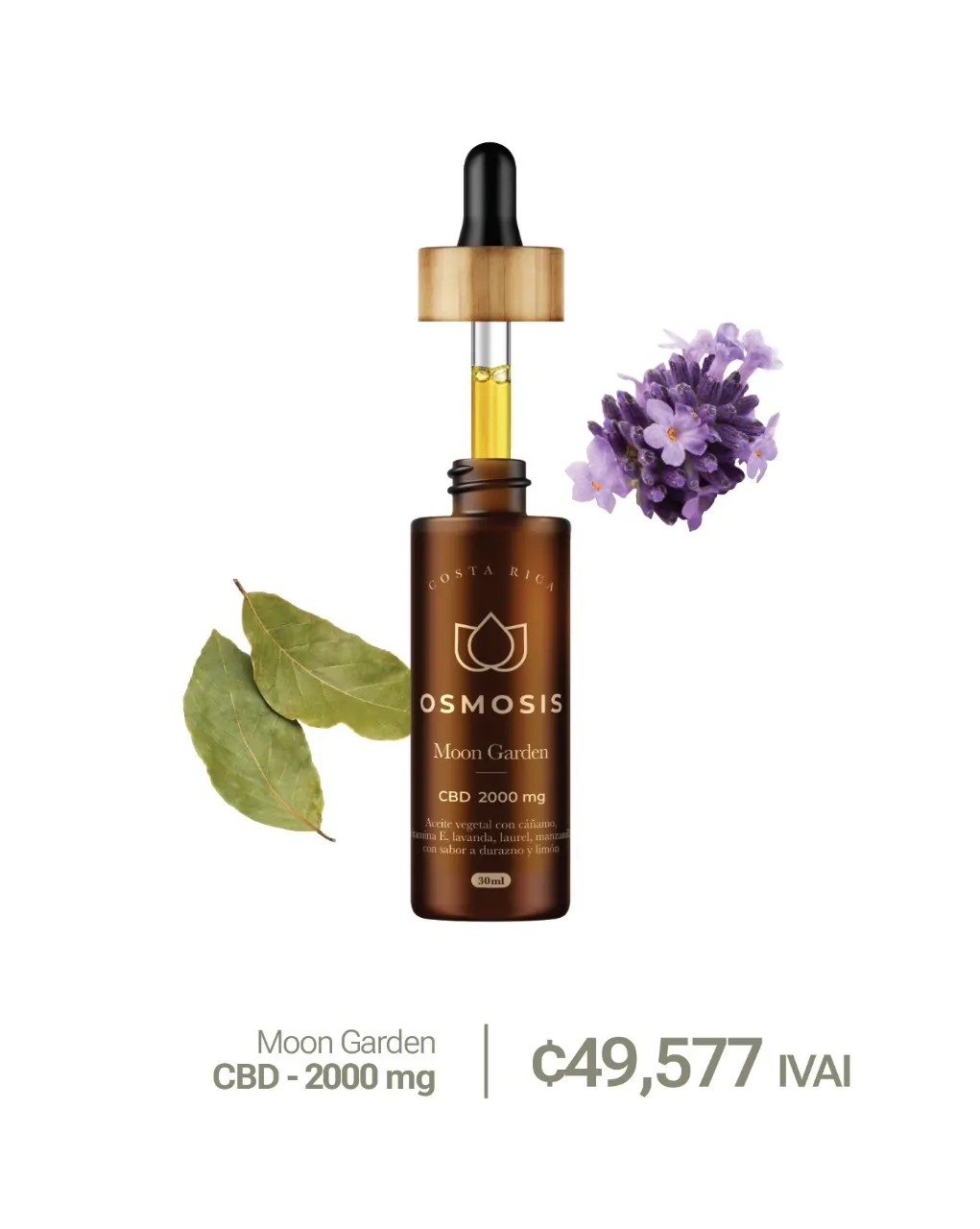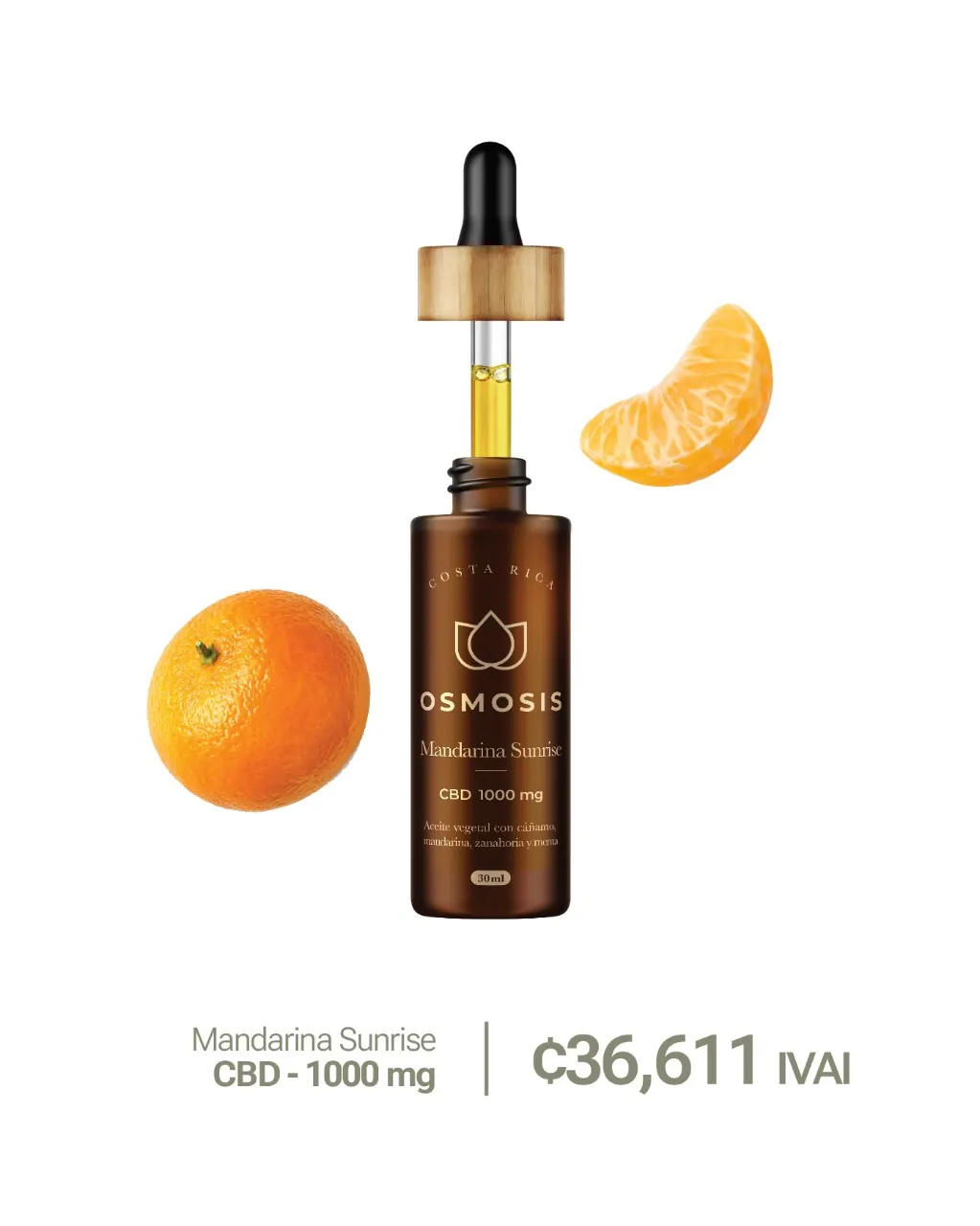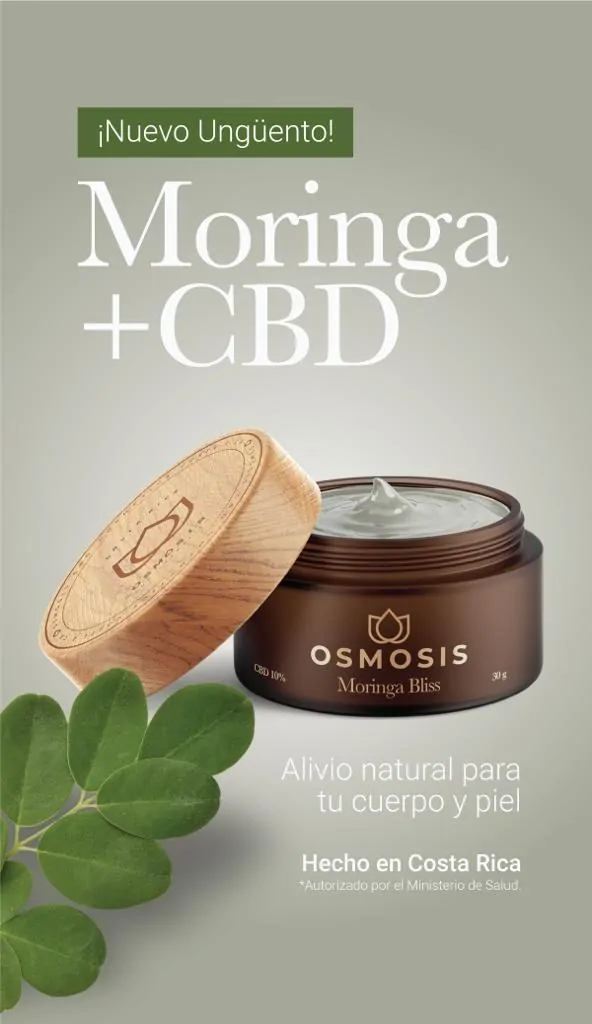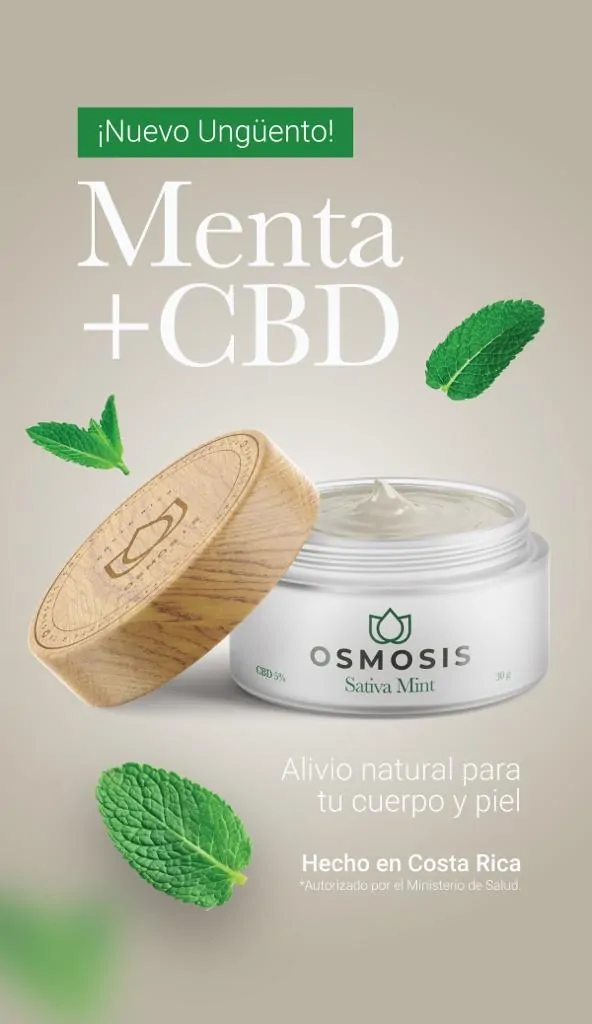Read in Spanish
Talamanca is the region where most cannabis is planted in Costa Rica. We know this because every year the country carries out massive eradications in the indigenous areas of the Alto Telire and other surrounding areas.
So far this year, the Ministry of Public Security has cut almost 500 thousand plants in areas near Talamanca, according to official data. Seizures have been massive for decades, and go unnoticed by more national debate.
Little has been written about the role that this area has played in the preservation of traditional, medicinal and psychoactive uses. Although it has always been an object of study in San Jose, by different ministries.
The history of the cultivation of this plant in the country, data at first as an industrial material. During the colonial period, the Crown tried to obtain this attribute to promote the economy of what we know today as Latin America.
Thus, large crops of hemp, a variety of cannabis, were made with greater success in countries such as Chile and Mexico. But Costa Rica was not the exception.
William E. Carter, American historian, in his book “Cannabis in Costa Rica” has come to the conclusion that it is commercial records selling hemp shirts in stores. This in 1864. It would be the first record of this seed in the national soil.
Later, around the 19th century, Adolph Tonduz, a collaborator of the United Fruit Company, is called the creation of a complete report on all existing plants between Limón and San José.
Tonduz noticed a large number of cannabis fields planted by the “coolies“, referring to the immigrants brought to work for the company and who sowed to consume it for psychotropic purposes.
This report would result in the “First national campaign against cannabis”, since after the Tonduz report, Minor Keith, who was at the head of the company, ordered the eradication of all crops planted, this being the first massive eradication of female plants in the country.
Unfortunately, this episode was not recorded accurately. Since the pejorative context in which the word “coolie” was used, to refer to African, Indian and Asian immigrants, led to the inaccurate recording of this event.
The Tonduz report reflects, according to Carter, that the psychotropic use of cannabis has a century or more of records in the Costa Rican population. Being historically prevalent between alcohol and tobacco consumption. However, the verifier of the migrant groups popularized the use or brought seed, it is simply difficult to trace.
Other experts such as the pharmacologist, Otón Jiménez, who have received more Mexican soldiers who learned about this issue when they volunteered during the First World War.
Even so, both theories can be supported by taking into account the records and events in the hemp industry for industrial use.
The truth is that the area of the Atlantic and especially, the areas near the Talamanca region have been the cradle of a tradition little referred to in the classrooms and books of Costa Rican history. A tradition that is present in its psychotropic and medicinal forms.
They have also been the areas with the greatest lack of opportunities in the country, with climatic conditions to work and historically exploited by the power groups.
Only in 2017, more than 2 million plants were eradicated in these places by the government of Costa Rica and the Southern Command of the United States.
Talamanca remains one of the poorest regions of the country.
–
Follow us on Instagram






